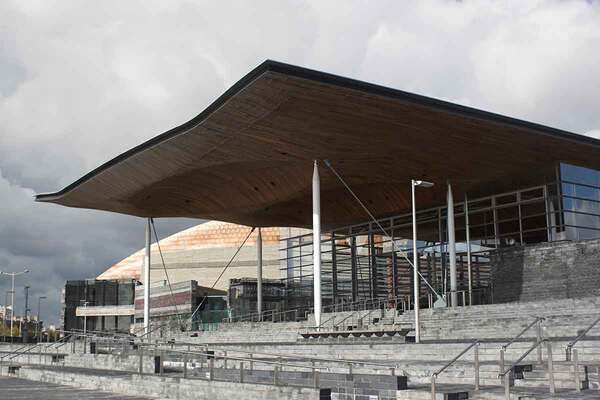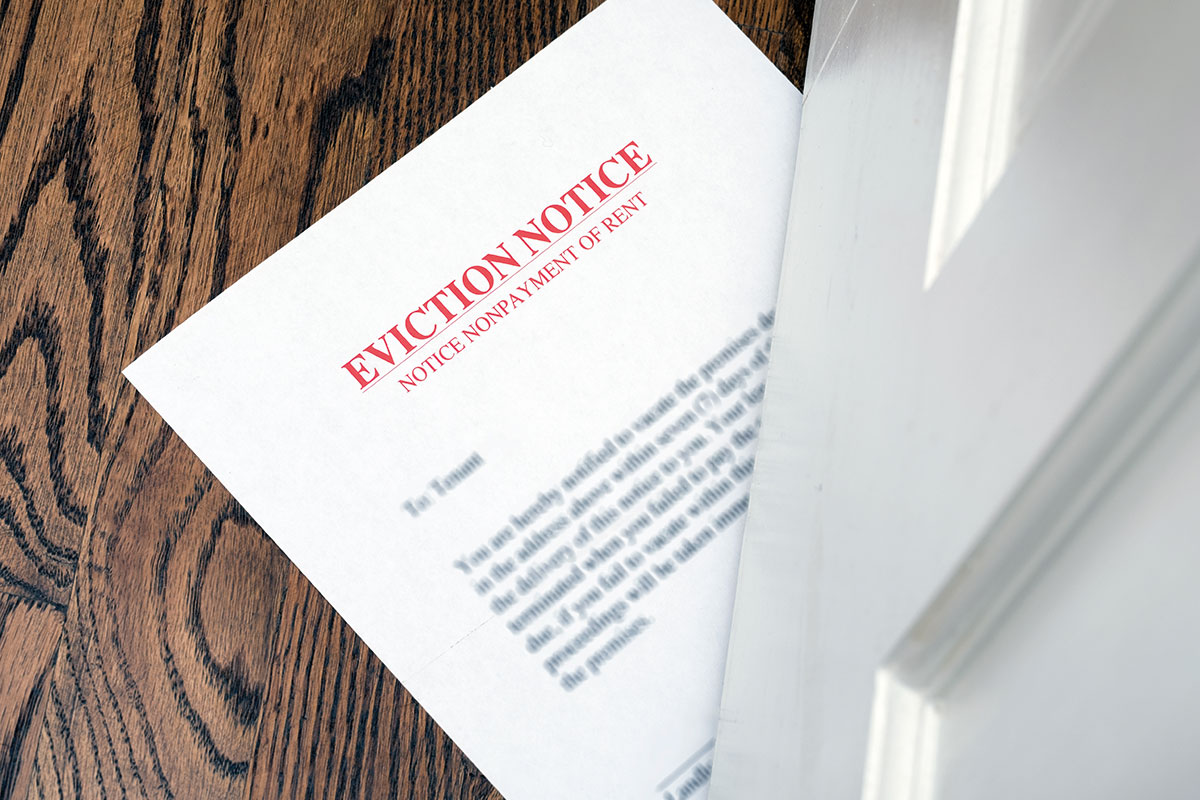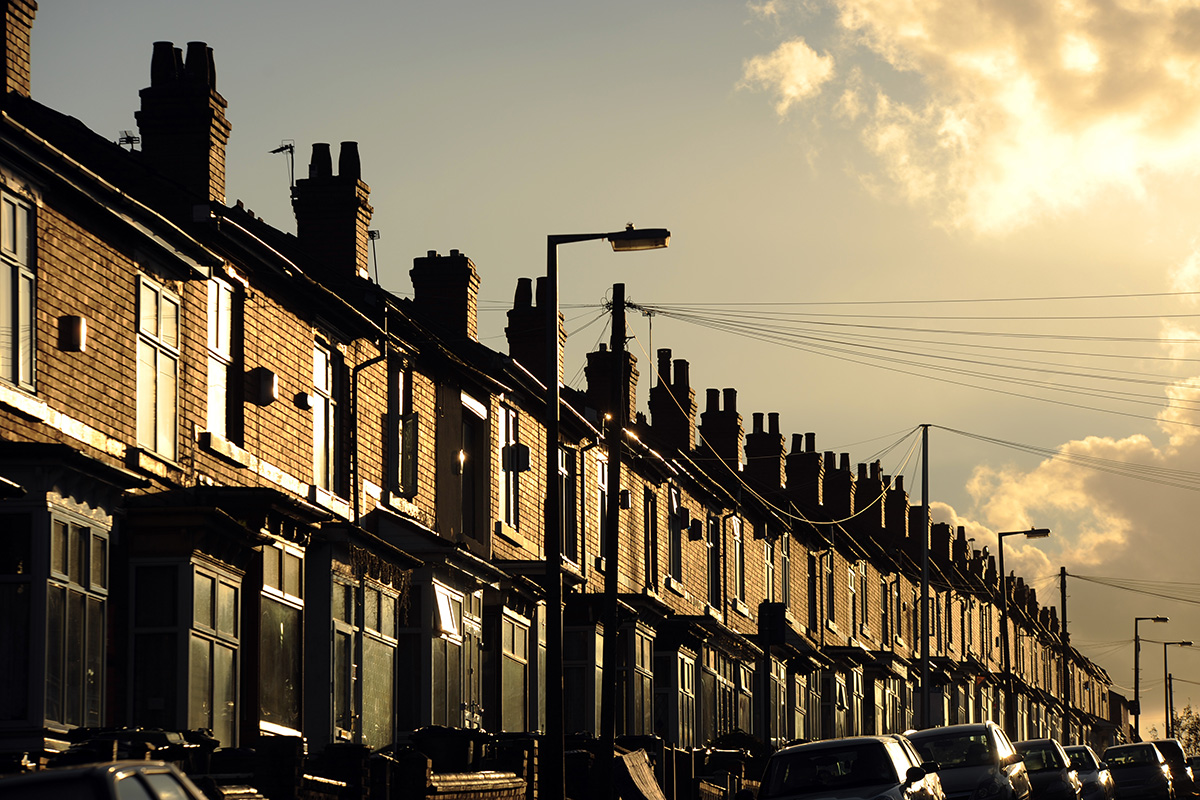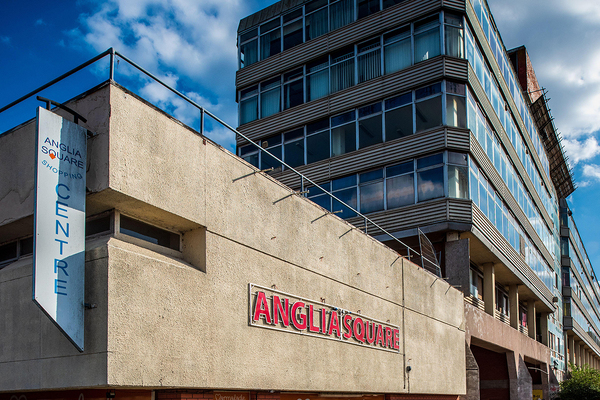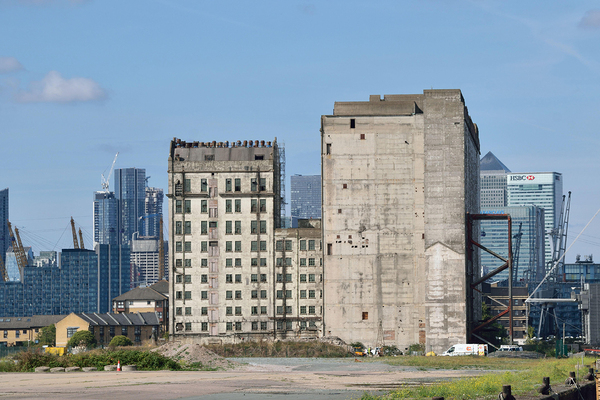You are viewing 1 of your 1 free articles
Welsh council sees more than 7,000% rise in temporary accommodation costs as total spending doubles
The spending of a county council in Wales has increased by more than 7,000% in five years, as the total cost across all local authorities has more than doubled to over £40m in the same period.
An investigation by Inside Housing, using Freedom of Information (FOI) legislation, has revealed the rising cost of temporary accommodation to local authorities in Wales between 2017/18 and 2021/22.
Welsh councils were asked how much they had spent on placing people in temporary accommodation each year.
Bridgend County Borough Council experienced the largest percentage rise over this period, as spending jumped from just under £135,000 in 2017-18 to £3,100,000 in 2021-22.
It was followed by Neath Port Talbot and Monmouthshire with the next-largest percentage increases, although Cardiff spent by far the most each year, at just over £10m in 2017-18, rising to more than £17m in 2021-22.
The only council that experienced a reduction was Wrexham. Its spending declined by 19% over the period.
The figures for all councils are likely to be even higher, as only 16 of 22 Welsh councils responded to the request.
In its response, a Bridgend Council spokesperson said: “There are a variety of reasons which have impacted on the demand for temporary accommodation placements. First and foremost, the amount of homelessness presentations to the local authority has increased significantly over the period in question.
“Whilst not all homelessness applications will result in a temporary accommodation placement, a proportion will, and so generally increasing presentations will result in increasing temporary accommodation placements.”
A Conwy Council housing team member explained that an emergency response was put in place in March 2020 to recognise the potential impact that COVID-19 could have on people who were homeless, especially those who were sleeping rough.
They added: “This ‘no one left out’ approach has resulted in more people accessing temporary accommodation, for longer periods, in Conwy.
“Subsequent legislative reform, with The Homelessness (Priority Need) (Wales) (Amendment) Order 2022 and the addition of an 11th category of priority need of ‘person sleeping rough’, has meant we continue to work in this way, with most homeless households that present to us now entitled to temporary accommodation.”
Ceredigion County Council said in its response that it expected further increases to the cost of temporary accommodation in 2022-23.
A Cardiff Council spokesperson said: “Cardiff Council began a concerted programme of work to help people off the streets before the pandemic, resulting in the number of rough sleepers falling to 34 in January, 2020. The council’s emergency response to the COVID-19 crisis, with the additional funding from Welsh government, further accelerated that reduction in the number of rough sleepers."
No other Welsh councils responded to a request to comment on the figures.
Matt Dicks, director of the Chartered Institute of Housing Cymru, was not surprised by the figures. “The ongoing increasing need for temporary accommodation, at a huge cost to the public purse, is being driven by the undersupply of social and affordable housing,” he said.
“There are also socioeconomic factors to consider, such as recent changes to the welfare system. For example, the introduction of the shared accommodation rate for Local Housing Allowance (LHA) for those under 35 in 2017-18 has priced many young single people out of the private rented sector in many areas of Wales, resulting in longer stays in temporary accommodation. [This has increased] costs, as there are simply not enough one-bed social housing properties to let.
“Welfare changes and lack of one-beds also explains the rise in the number of couples without dependent children in temporary accommodation. These households are also only able to access one-bed social housing and the one-bed LHA rate that is too low to cover most private rented properties.”
Spending on temporary accommodation in past five years
| Local authority | 2017-18 | 2018-19 | 2019-20 | 2020-21 | 2021-22 | Increase/decrease |
| Blaenau Gwent | £776,000 | £776,000 | £776,000 | £776,000 | £776,000 | 0% |
| Bridgend | £134,698 | £49,212 | £135,000 | £2,300,000 | £3,100,000 | 7,109% |
| Caerphilly | £126,000 | £246,000 | £379,000 | £232,000 | £529,000 | 319% |
| Cardiff | £10,171,877 | £11,011,210 | £11,974,230 | £16,480,548 | £17,153,707 | 68% |
| Ceredigion | n/a | £124,124 | £124,205 | £146,098 | £156,372 | 25% |
| Denbighshire | £760,701 | £1,105,391 | £1,971,352 | £3,363,425 | £3,893,476 | 412% |
| Conwy | £989,249 | £1,251,715 | £1,227,898 | £2,515,990 | £3,850,152 | 294% |
| Isle of Anglesey | £238,000 | £360,000 | £230,000 | £905,000 | £725,000 | 204% |
| Monmouthsire | £394,000 | £759,000 | £755,000 | £2,300,000 | £3,900,000 | 889% |
| Neath Port Talbot | £204,000 | £534,000 | £713,000 | £1,800,000 | £2,400,000 | 1,076% |
| Powys | n/a | £300,000 | £271,000 | £740,000 | £1,000,000 | 233% |
| Rhondda Cynon Taf | £278,000 | £413,000 | £514,000 | £1,496,000 | £1,633,000 | 475% |
| Swansea | £53,000 | £148,000 | £337,000 | £389,000 | £444,000 | 737% |
| Torfaen | n/a | £230,000 | £217,000 | £289,000 | £274,000 | 19% |
| Vale of Glamorgan | £425,000 | £481,000 | £461,000 | £451,000 | £660,000 | 55% |
| Wrexham | n/a | £477,595 | £452,710 | £435,614 | £386,881 | -19% |
Sign up for our Wales newsletter
New to Inside Housing? Click here to register and receive our Wales round-up straight to your inbox
Already have an account? Click here to manage your newsletters
